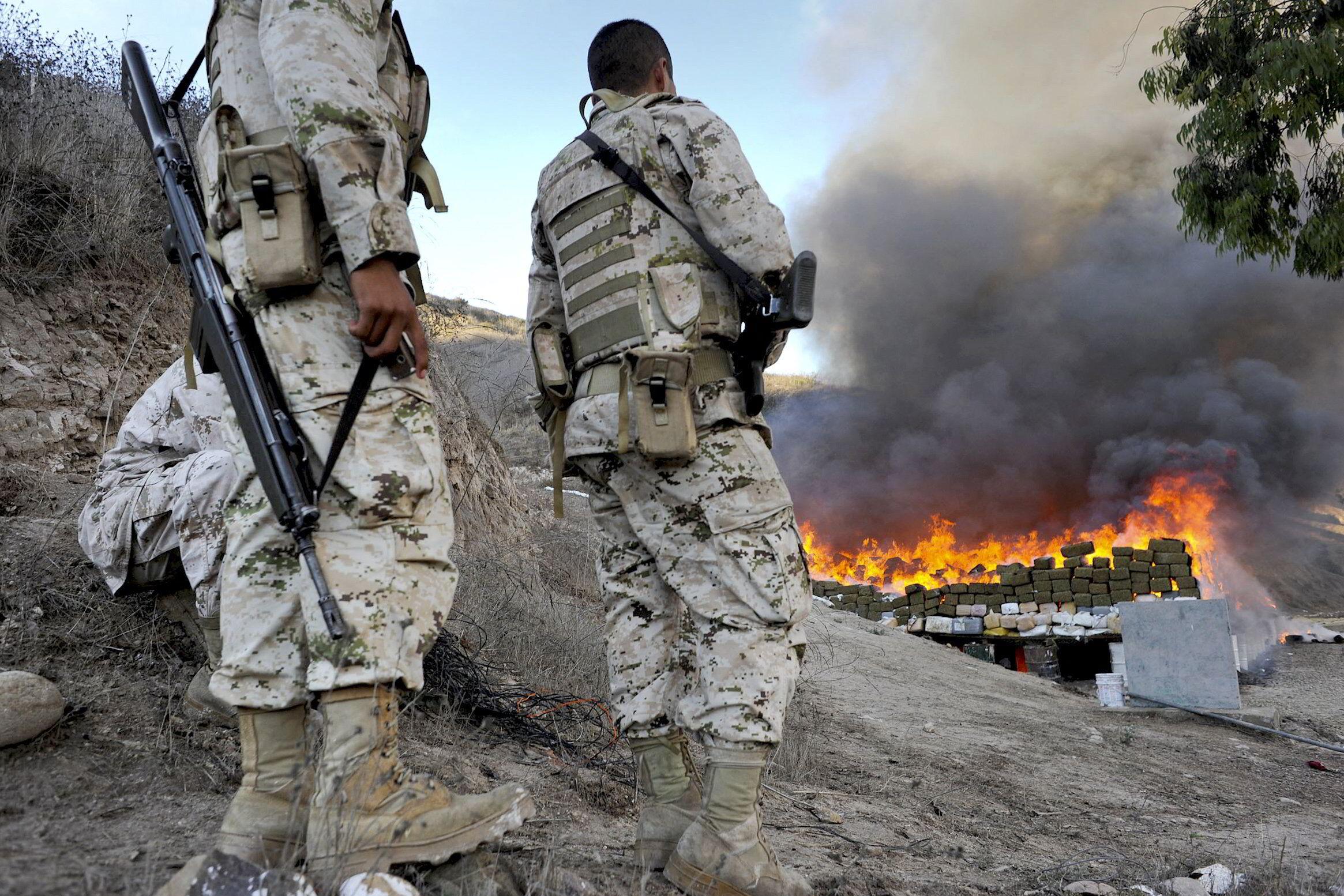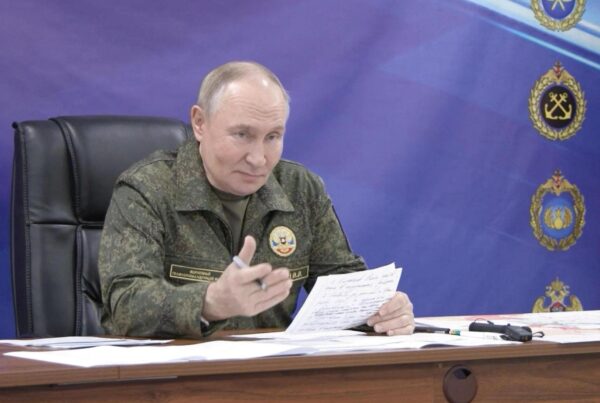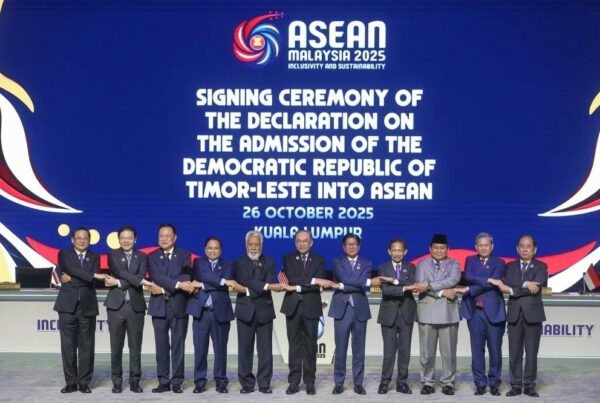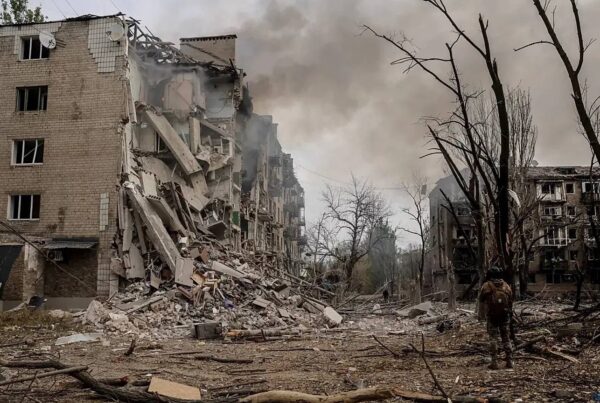The drug cartels in Mexico have once again come under the world's spotlight after an international documentary presented the grim reality of an unending war between armed criminal groups and state authorities. In that documentary, it shows how violence continues to escalate and how the drug cartels build power that transcends the boundaries of law, morality, and government.
This conflict is not merely a war between criminals and the authorities. It has morphed into a social and economic war that claims civilian lives, destroys the sense of security, and undermines the state system from within.
Root Causes of Conflict and the Evolution of Violence
Mexico has become the epicenter of the global drug trade over the last two decades. This route connects South America, the United States, to Europe and Asia. Major cartels such as Sinaloa and the Jalisco New Generation Cartel (CJNG) are competing to seize control of production and distribution territories. They took control of city after city, village after village, with heavy weapons and sophisticated military tactics.
Drug cartels are now even using assembled combat vehicles that are called narco tankthe results of modifying self-made trucks and armored cars. This vehicle is used to attack rival groups as well as security forces. That violence results in fatalities every week. In some regions such as Michoacán and Tamaulipas, the sound of gunfire has become part of the residents' daily life.
Narco Tank and Modern Warfare Tactics
The documentary shows a scene in which a group of fully armed men is speeding with narco tank on rural roads. This vehicle is equipped with a gun turret and a thick steel plate. They operate like mini military units capable of fighting government forces.
This condition shows that the drug cartel is no longer just an ordinary criminal gang. They have evolved into a paramilitary force that has its own logistics, training, and even its own intelligence system. Mexican authorities that try to resist often become victims of ambushes or are attacked with heavy weapons.
Violence that is deeply rooted in everyday life.
Violence in Mexico is no longer limited to the battlefield. It has seeped into social life. Mass graves have been found in various regions. Many of them contain victims who were never identified. Fear has become the new normal in society. People learn not to ask questions, not to report, and not to oppose.
The Mexican government claims to have conducted various military operations, but the successes achieved are often temporary. After one cartel was destroyed, another group emerged to take its place.
Drug Trafficking Routes and the Flow of Dirty Money
Mexico plays a central role in the global drug distribution chain. Cocaine comes from Colombia and Peru through sea and air routes. Meanwhile, methamphetamine is produced in hidden laboratories in the forest and in remote industrial areas.
Fentanyl, a highly lethal synthetic narcotic, has become the main export product to the United States. From there, the circulation expanded to Europe, Asia, and Africa. In the opposite direction, the proceeds from trafficking and illegal weapons flowed heavily back to Mexico. This trend strengthens the drug cartel and expands their influence across various sectors.
Economic and Political Impact
Drug trafficking creates a shadow economy worth billions of dollars. Many poor communities rely on jobs that are directly or indirectly related to the cartel. In some regions, criminal groups even provide social services such as food aid, local security, and infrastructure development.
This situation causes many residents to view the cartel as a savior rather than the government. That influence entered into public institutions, the police, the courts, even the military. Corruption has become endemic, and the line between law and crime has become increasingly blurred.
Recruitment of youth from impoverished areas.
One of the most tragic aspects of this war is the recruitment of young people. Thousands of teenagers are recruited by a drug cartel with the promise of a luxurious life and power. They were taught to use weapons, to drive combat vehicles, and to carry out operations.
For many young Mexicans, the choice between joining a cartel or living in poverty is a dilemma with no solution. The government failed to provide a viable alternative, and education in many remote areas is not functioning effectively.
International Impact and Pressure from the United States
The United States has become the world's largest drug market, and is the most affected by the increasing circulation of fentanyl from Mexico. Thousands of people die each year due to overdoses. This situation has sparked public anger and significant political pressure on Washington.
Some U.S. officials even suggested limited military steps in Mexican territory to halt cartel operations. However, this step has sparked widespread debate. The Mexican government believes that such actions would violate national sovereignty.
Diplomacy and Transnational Pressure
The relationship between the two countries is now at a sensitive point. The United States is demanding tough action, while the Mexican government emphasizes the importance of intelligence cooperation and economic aid to develop impoverished areas. Joint efforts to curb the flow of fentanyl have begun, but the results are still far from expectations.
Fentanil: Racun Global
Fentanyl has become a global threat. This synthetic substance requires only a small dose to kill. The documentary depicts how a small laboratory in Mexico is able to produce millions of doses each month.
Fentanyl circulation is now spreading to Europe, Asia, and Africa. The world began to realize that the war on drugs was no longer limited to a single continent. It has become an international issue that requires cross-border coordination.
The Government's Efforts and the Hope That Remains.
The Mexican government repeatedly announced a new strategy to eradicate the drug cartel. A large military operation, police reform, and social campaigns have been launched. However, every progress is always accompanied by new violence.
Civil society, journalists, and activists continue to strive to uncover the truth. Many of them lost their lives in that process. Freedom of the press in Mexico has become one of the most at risk in the world.
Society in the midst of fear
In that documentary, the faces of the people living in fear can be seen. They spoke softly, gazing at the camera with wary eyes. But behind that fear, there is still a small hope. The local community is building civil protection groups and rehabilitation programs for young people so they do not fall into the dark world of cartels.
Hope for the Future
Victory over the drug cartel may not come in the near future. However, change can begin with a society that refuses to submit to violence and chooses to rebuild their lives in a peaceful way.
Education, employment, and a clean legal system are the keys to a safer future for Mexico. The documentary ends its story with a simple yet powerful message: that every bullet fired is a failure of policy, and every child recruited by the cartel is a mirror of the weakness of social justice.
The drug cartel war in Mexico shows how complex the problem of organized crime is. It cannot be solved by weapons alone. The true solution lies in the social, economic, and moral changes of society.
Mexico is now at a crossroads in history. The world watches it, hoping that the country that is rich in culture will one day be able to emerge from the cycle of violence and rebuild the hope that has long been lost.
As readers, we are reminded that the war on drugs is not just a story abroad. The impact is felt in various parts of the world, including Asia. For more in-depth news about social dynamics and global geopolitics, follow the ongoing reports at Insemination.
Discover more from Insimen
Subscribe to get the latest posts sent to your email.










